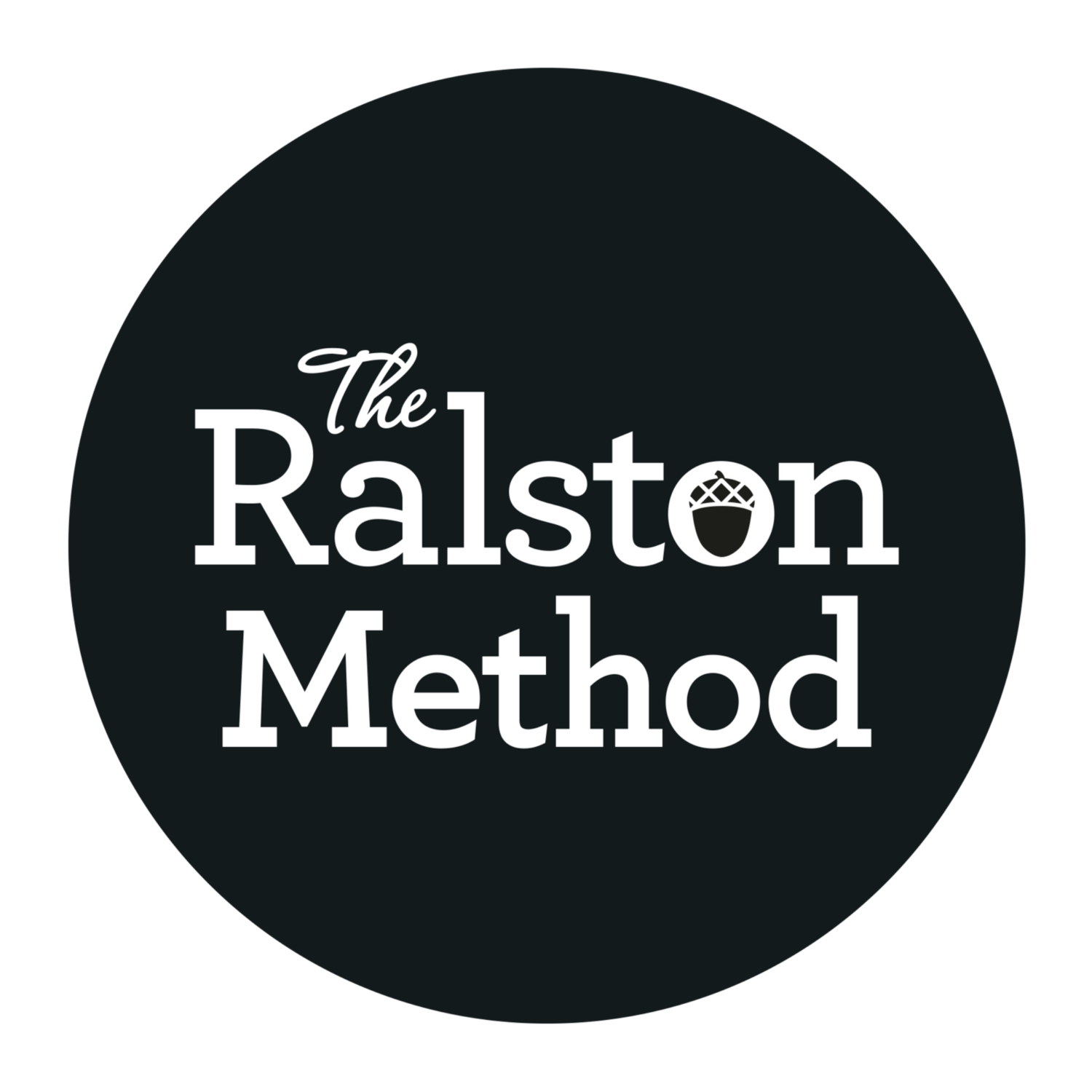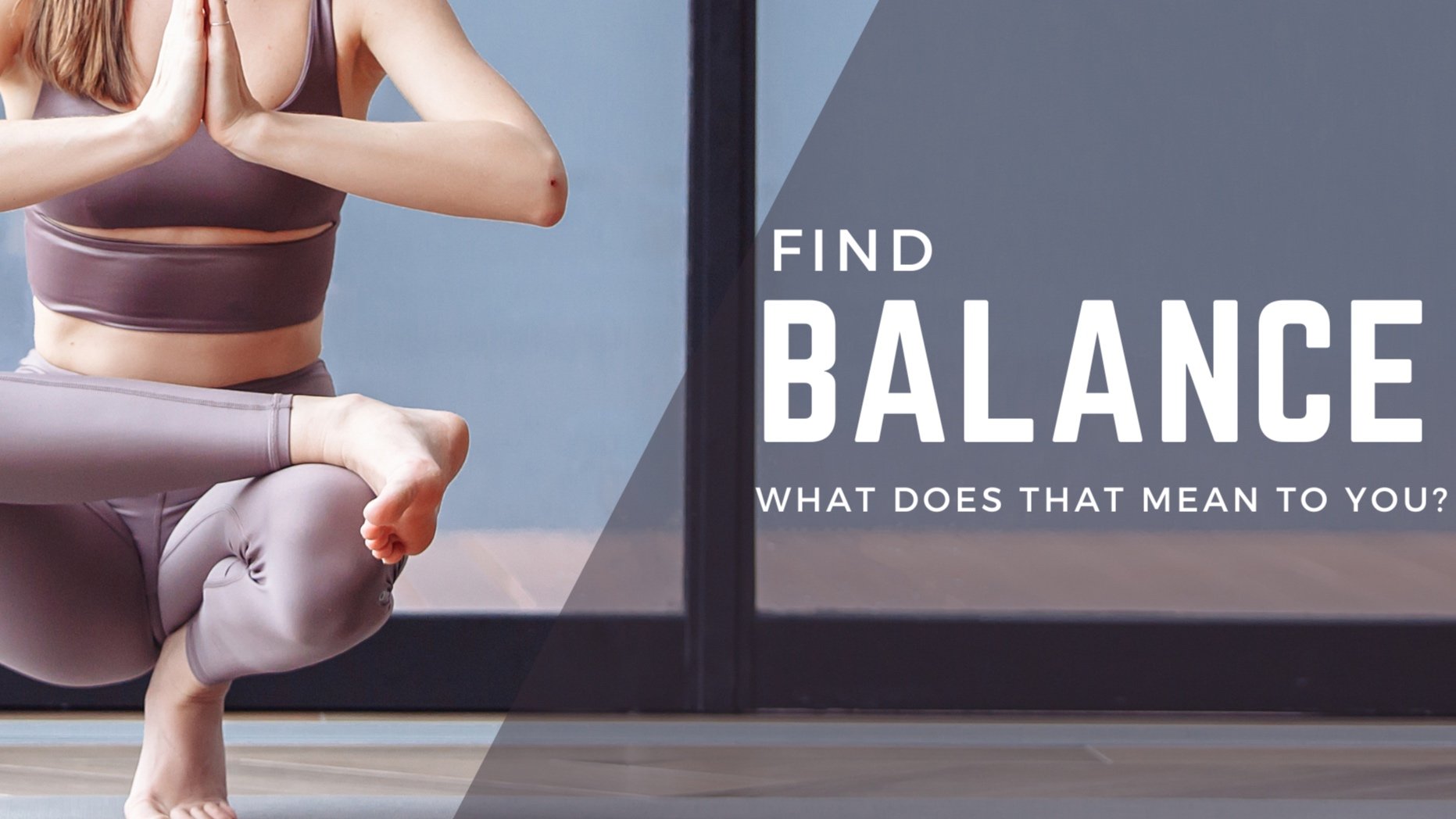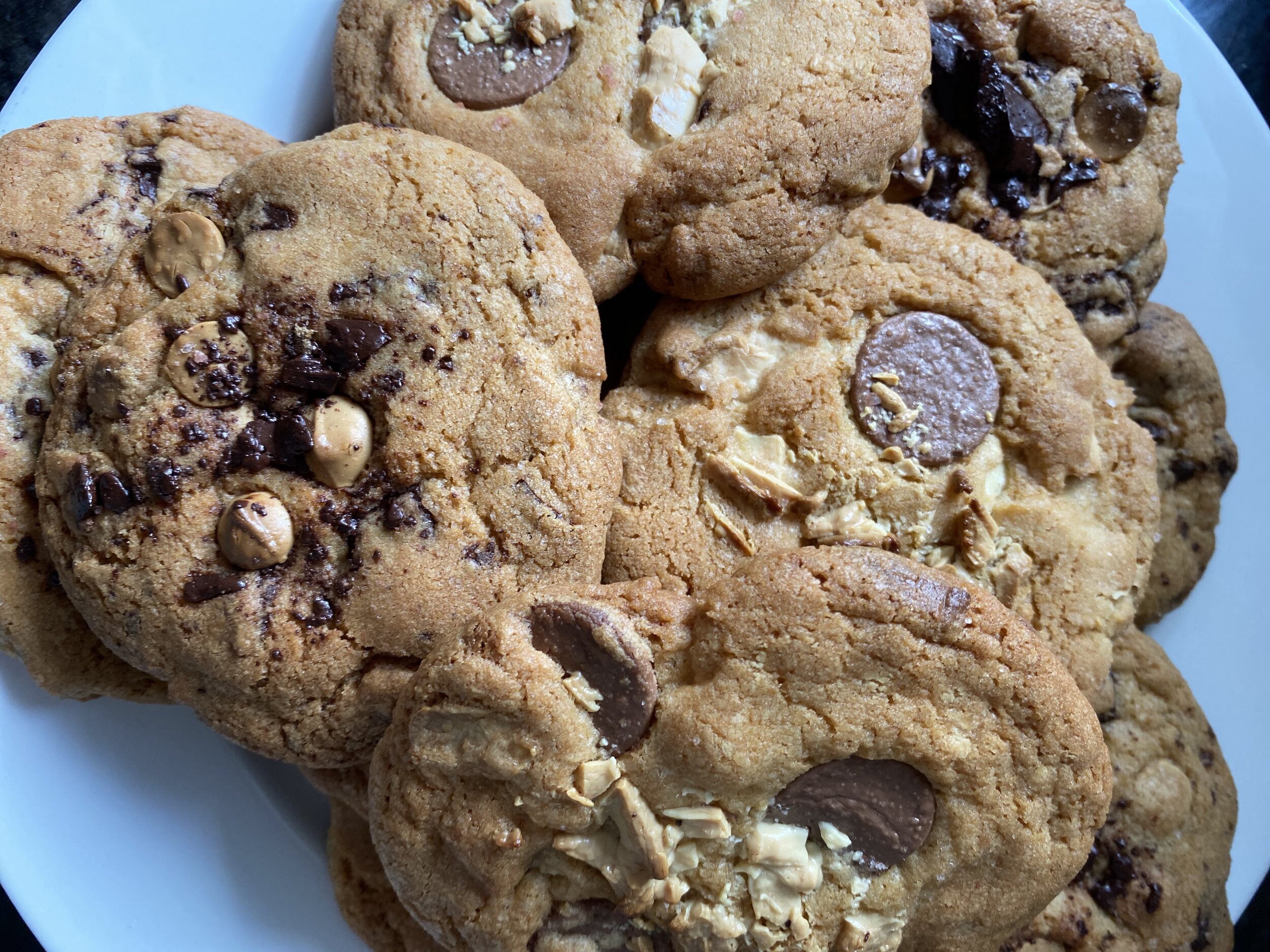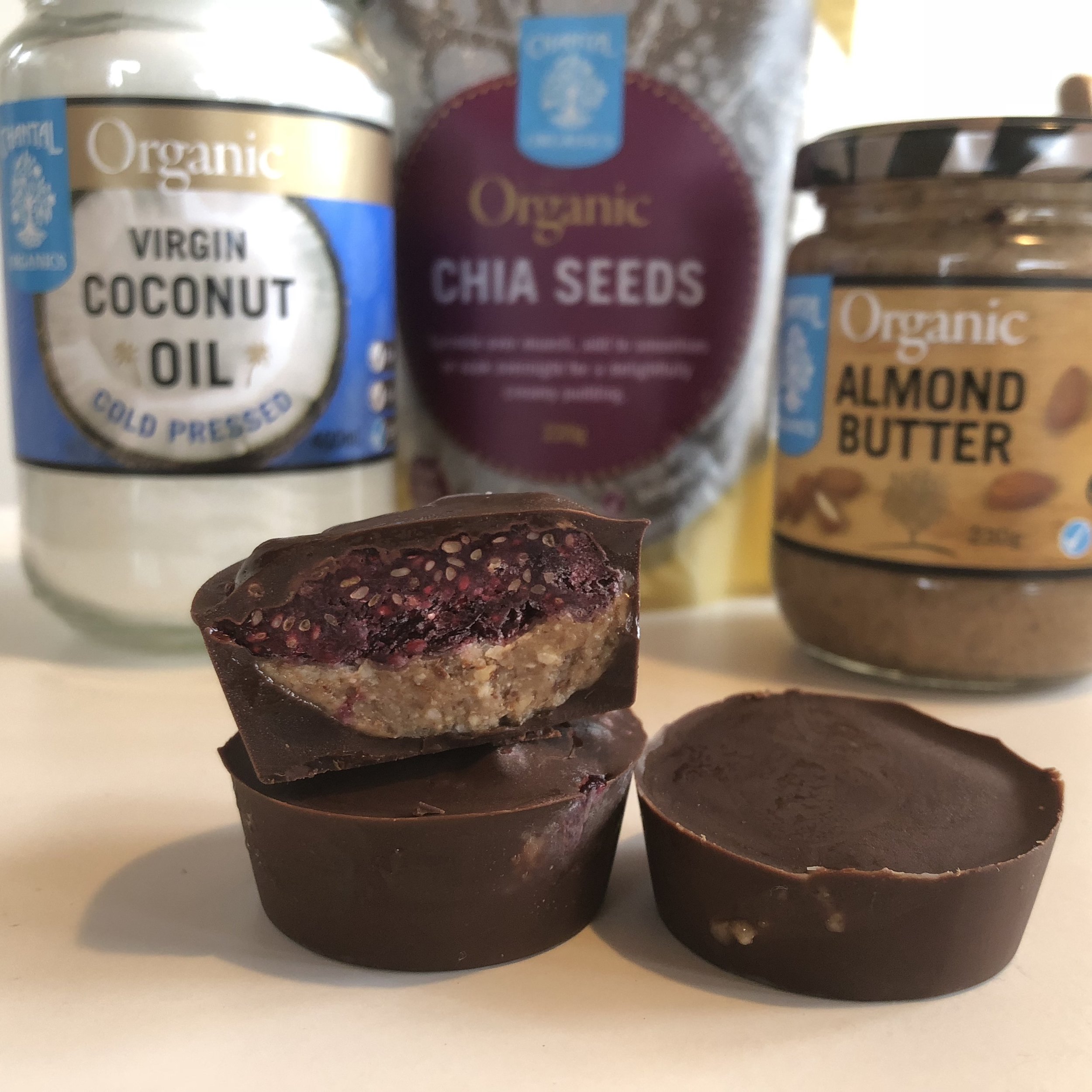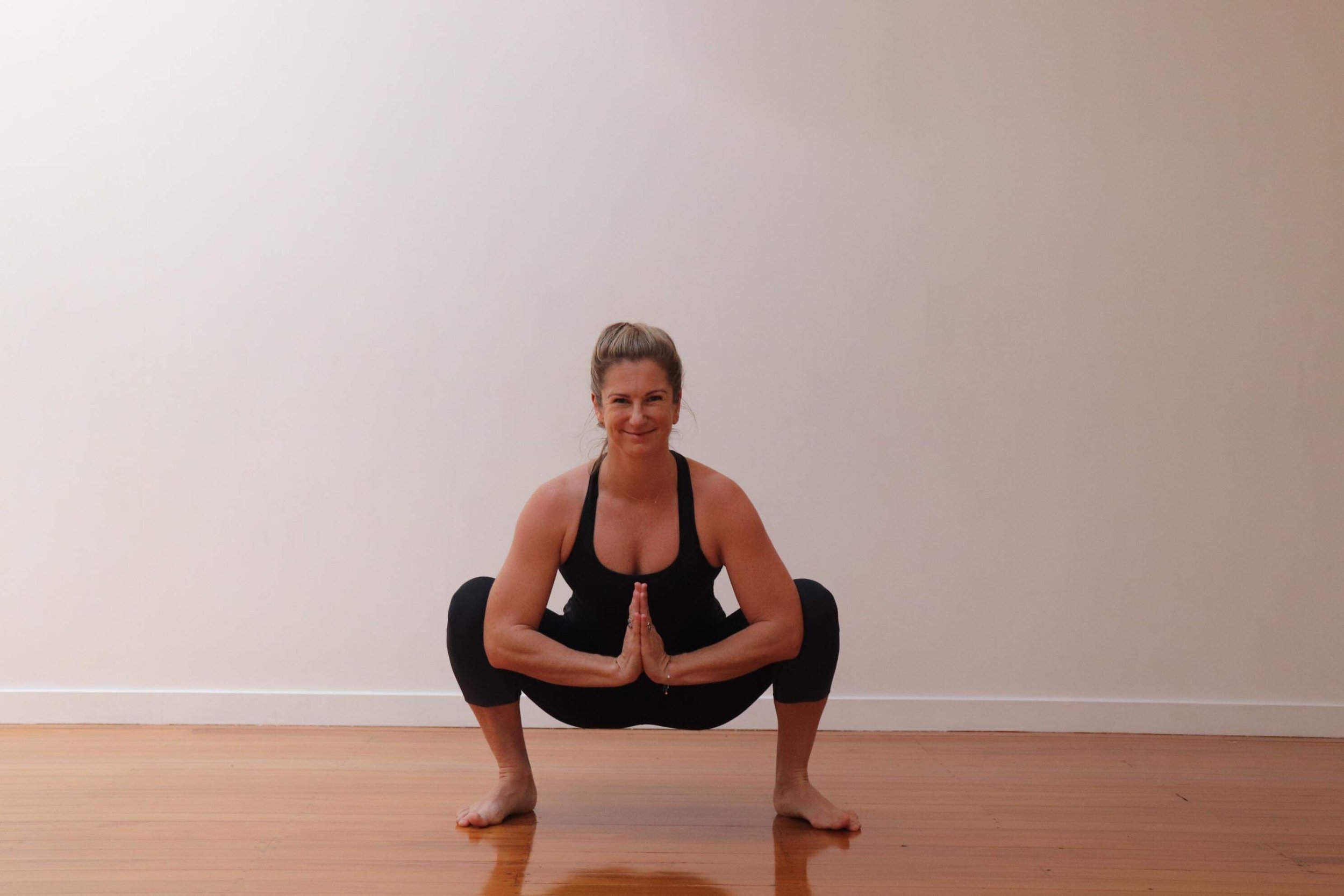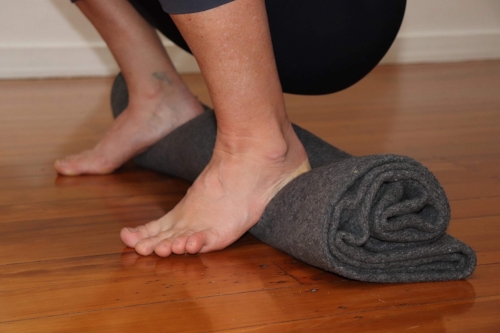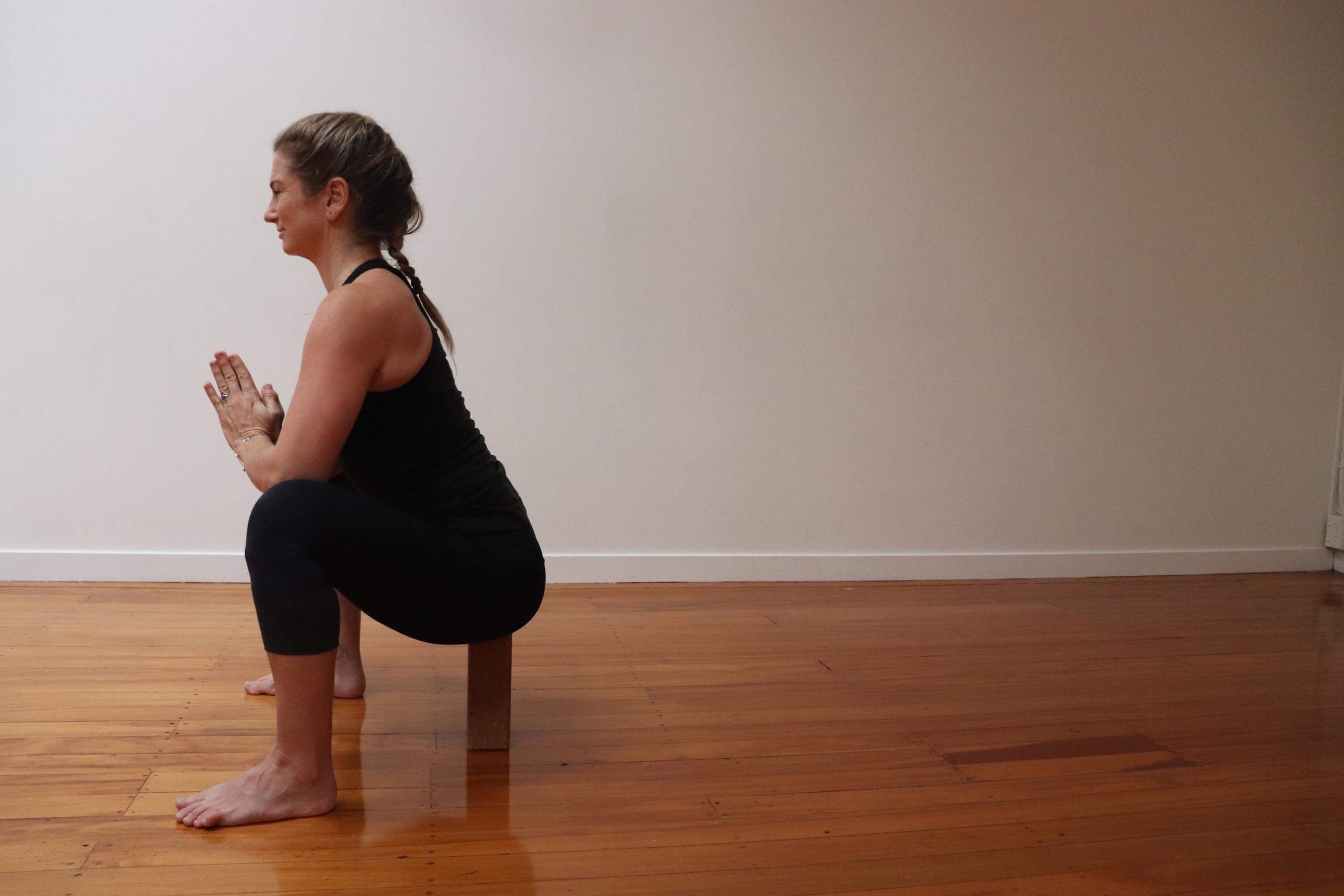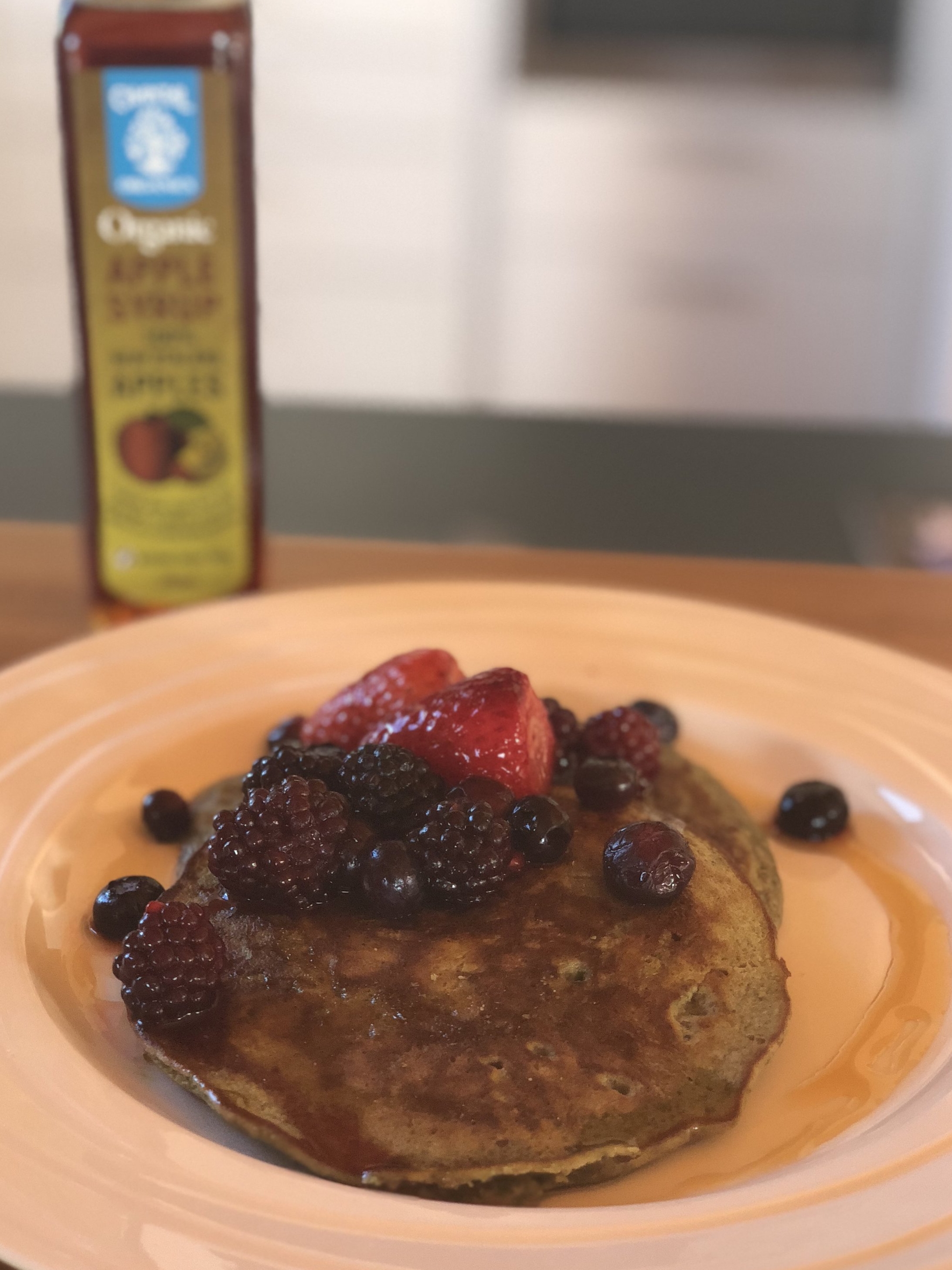Self care is a basic regulatory function that is under our voluntary will and control. Self care is much more than luxury spa day or a #selfcaresunday! I have learnt and am still learning that self care is a pracitce that is essential to form the building blocks of self esteem, value and dignity. Self care means knowing who you are and your limits. Sometimes it means saying ‘no’ in order to look after yourself even if it means letting someone else down. Now that is a big one! Healthy boundaries are the pillars of self care.
Trial and error
Often we learn most form our mistakes, our mess ups or burn outs, we vow never to go there and do that again! That is when we slam up against a boundary that has actually been infringed upon for quite some time but gone unrecognised. We don’t notice it until it hits us slap bang in the face, or knocks us flat on our backs. It dawned on me one day from juggling too much for far too long, that self care means recognizing when you are doing more than you are used to handling and trying to figure out what can be done to slow down.
Create space
When we cram our schedules full, there is no space, very little room to move, and definitely not enough time to be in joy. So we end up not enjoying our lives, even the great things as much as we could. When we consciously carve out space in our lives the joy trickles back in. These self care tips are simple, yet it’s the consistency of these practices that is the key to a healthier happier life as our decisions come from a postive space rather than from a place of lack or stress.
Simple self care for the body
Scan- Use a body scan technique to connect to each part of your body and become present to internal sensations and feelings.
Oxygenate- You have all the equipment for this one on you all the time. Stop what ever you are doing, take a slow breath in for 3 or 4 seconds and pause at the top of the breath for 3-4 seconds, then exhale for that same count, pause, then inhale again. Take a few minutes of this slow breath and notice how you feel.
Move- Find a type of body movement that you enjoy wether its running, yoga, cycling, crossfit or dance do what makes you feel good or what you enjoy because you will be more consistent in regular movement, remember consistency is the key.
Nourish- with foods that fuel you, if you're not much of a foodie find a few wholesome recipes and get them on rotation. Its often a stressed state that our poor food choices steam from, preparation help prevent us from grabbing for that sugar hit and quick processed snack.
Stretch- get the kinks out of your body and move any of that stuck stagnant feelings within. Get up from your desk and stretch out your shoulders, back and hip flexors, unwind at night with a simple yoga sequence or wake up with an invigorating practice. Try this simple yoga practice.
Inhale- You can use an uplifting blend of peppermint and orange essential oils to perk you up and and shift your energy and focus.
Touch- soothes and nourishes the body and soul, an hour massage is wonderful but if the finances or time doesn’t allow, massage some lotion into your skin. Hug a friend or reach out to someone. The very act of reaching out and offering support to someone else releases a whole host of feel good chemicals like oxytocin, decreasing the stress hormone cortisol and heart rate and blood pressure.
Simple self care for the mind
Decisions- stress is most intense when we are inbetween making a decision, once we commit to something we allow ourselves to accept things as they are and have a clearer path forward. If you usually make your decisions from your head, perhaps turning into what you heart desires. Or on the flipside if you are heart lead perhaps gathering more facts or figures may benefit you more in this process.
Attention- Pay attention to something that you would normally do on auto pilot, by bringing attention to what you are doing is the practice of meditation in action, this way anything can become an opportunity to meditate and let go of the excuses of not having enough time.
Laugh- Give yourself permission to goof off, to play, to be silly and let spontanious fun back into your life. This energy is infectious and inviting to be around. I firmly believe that laughing is the best medicine ever!
Edit- cull any negative profiles off your social media or ‘mute’ posts that trigger or bring you down, tune out to things around you that bring you down. Value yourself and what you invite around you physically, through technology and energetically.
Switch- around any internal dialogue that is negative or limiting self talk. Catch yourslef when you are beating yourself up and Stop. Remove it. Replace it with the opposite. Instead of “I suck at this” replace it with “I’m learning something new” shifting into a growth mindset rather than a closed one.
Simple self care for the soul
Pet- find a furry friend and pat that animal, just like hugging this releases all the feel good hormones and soothes your soul. We can often connect with our animal friends in a way that we may find diffcult with humans.
Celebrate- your achievements, celebrate the small gains, celebrate the simple things in life by pausing. Gratitude brings you into the present moment where life exisits.
Sit- with yourself, with your emotions, with your experiences, so that you can digest them is the most effective way to create space. Write down what you need to, get it out. Let go of what is not serving you. Practice this simple meditation technique.
Indulge- ok so #selfcaresunday does come in! Create a home spa, immerse yourself in a bath, give yourself a mani or a face mask may set the space to sit with yourself like above and get your inner and outer glow on.
Reach out- As humans we are hard wired for connection, its what brings meaning to our lives. As a society we have become more isolated and are suffering the effects of this separation more than ever. Reach out and ask for help or ask if someone else is ok. Invite connection that nourishes you.
By bringing attention consistently to simple self care practices the fog of stress will start to lift, joy will flood in back in through the spaces that you have created. Watch your self value and esteem rise as a result.
